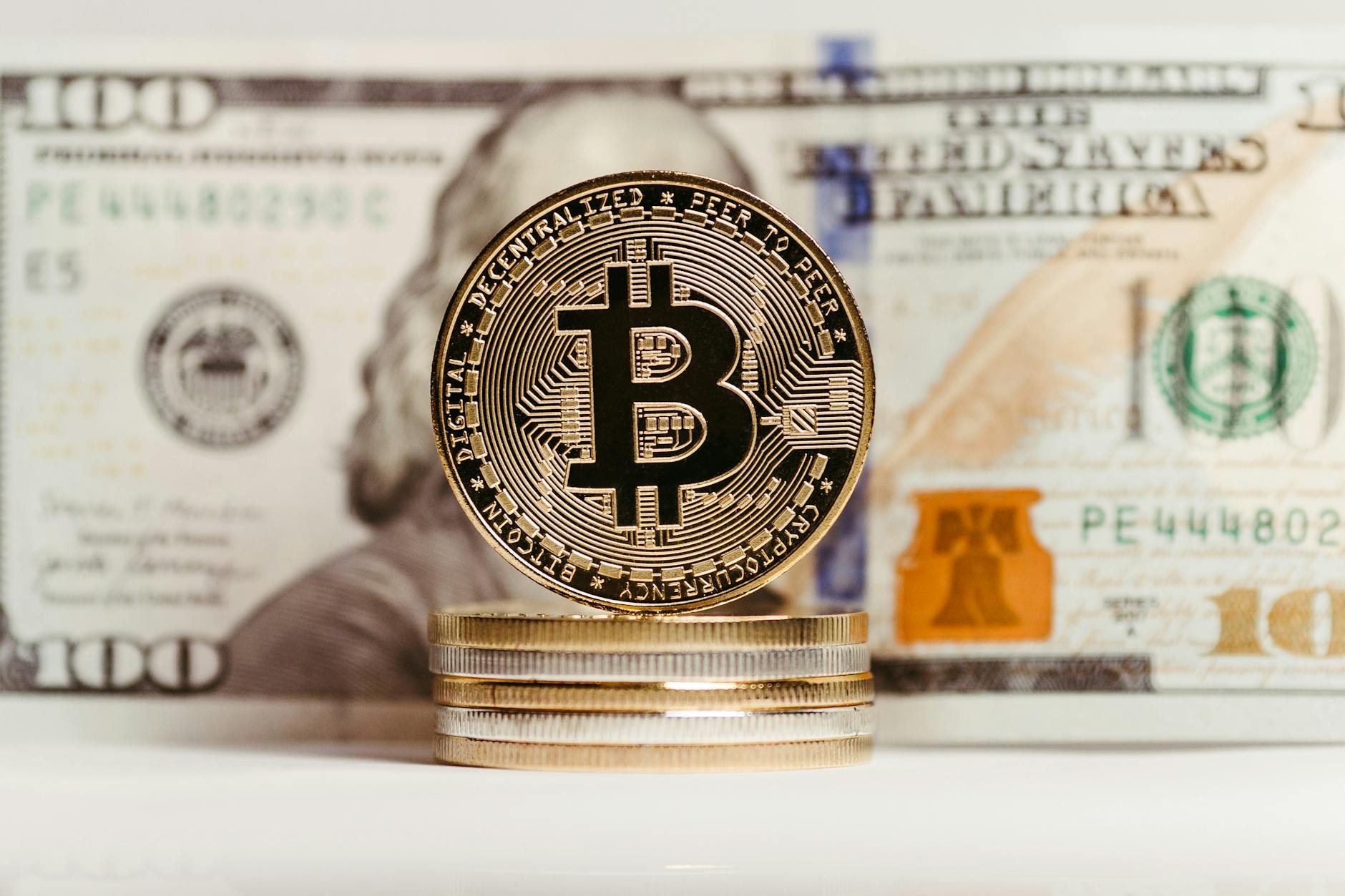Cryptocurrency has revolutionized the way we think about money, but at some point, many investors and holders find themselves asking, "How do I turn crypto into cash?" Whether you're looking to secure profit, cover expenses, or just simplify your finances, converting digital assets into traditional currency is straightforward with the right tools and platforms. Here’s a comprehensive guide to help you get started.

Photo by Jonathan Borba
Picking the Right Platform
The first step is selecting a platform to facilitate the conversion process. Options vary depending on how quickly you need the cash and the fees you're willing to pay.
Cryptocurrency Exchanges
Crypto exchanges like Coinbase, Binance, and Kraken make the process simple. These platforms allow you to sell your cryptocurrency directly for fiat currency (USD, EUR, etc.) that can be deposited into your bank account.
Peer-to-Peer (P2P) Exchanges
If you want more control, P2P platforms like LocalBitcoins or Paxful let you sell crypto directly to other users. You can choose your buyer and negotiate payment methods, but be cautious to avoid scammers.
Bitcoin ATMs
For those who need quick cash, Bitcoin ATMs let you sell crypto and withdraw fiat money. All you need is your digital wallet and the ATM’s QR code. However, fees are often higher compared to other options.
Payment Platforms
Modern fintech apps like PayPal or Cash App allow users to sell cryptocurrencies, often integrated with their payment services. This adds convenience but also comes with some limitations on withdrawal options.
How to Sell on an Exchange
Selling crypto on an exchange is the most common way to turn crypto into cash, and it can usually be done in a few simple steps.
- Set Up an Account
Create an account on your preferred exchange. You’ll need to complete identity verification steps (KYC) to access withdrawal features. - Transfer Crypto to the Platform
Go to your wallet, copy the deposit address from the exchange, and transfer the crypto you want to cash out. - Place a Sell Order
Specify the cryptocurrency and amount you want to convert. Most platforms let you choose between market (instant) or limit orders (at a set price). - Withdraw the Funds
Once the sale completes, you can withdraw the fiat currency to your linked bank account. Some exchanges may also allow withdrawals to PayPal or debit cards.
Key Considerations for P2P Sales
P2P marketplaces offer flexibility, but they require a bit more involvement. Here are some tips to make the process smoother:
- Choose a Reputable Buyer
Look for users with high ratings and good reviews to minimize risk. - Agree on Payment Methods
Decide on how you’ll receive cash, such as bank transfers, PayPal, or even cash in person. Always confirm payment before releasing your crypto. - Stay Secure
Use the escrow features provided by the platform, and only communicate with buyers through secure channels.
Bitcoin ATMs: Quick but Costly
Bitcoin ATMs are a simple option if you’re in a hurry to cash out. Find a Bitcoin ATM near you, scan the provided QR code with your wallet app, confirm the withdrawal, and collect your cash. But keep in mind that these machines often charge high transaction fees, typically ranging between 7% and 10%.
Understanding Tax Implications
In many countries, cryptocurrencies are treated as property and are subject to capital gains tax when sold. Understanding tax obligations can save you from surprises later on.
- Track Your Transactions
Record the purchase and sale prices of your crypto. Tools like CoinTracker can help you manage this data effortlessly. - Short-Term vs. Long-Term Gains
Gains on crypto held for less than a year are taxed as ordinary income, while assets held longer may be eligible for lower tax rates. - Reduce Tax Liabilities
Consider strategies like harvesting tax losses or using the HIFO (Highest In, First Out) method to minimize taxable income.
Always consult a tax professional if you’re unsure about reporting crypto sales on your tax return.
Safety Is Crucial
While cashing out crypto is generally secure on reputable platforms, it’s essential to take precautions.
- Use Two-Factor Authentication (2FA)
Protect your account with 2FA to add an extra layer of security during transactions. - Beware of Scams
Never share sensitive information with unsolicited contacts, and avoid deals that seem too good to be true. - Stick to Trusted Platforms
Avoid using unfamiliar websites or apps for transactions. Do your research before committing.
Conclusion
Turning cryptocurrency into cash doesn’t have to be complicated. By choosing the right platform for your needs, understanding the tax implications, and prioritizing security, you can make the process stress-free. Whether you’re selling for profit or practical use, the key is to stay informed and cautious. Make crypto work for you, not the other way around!
